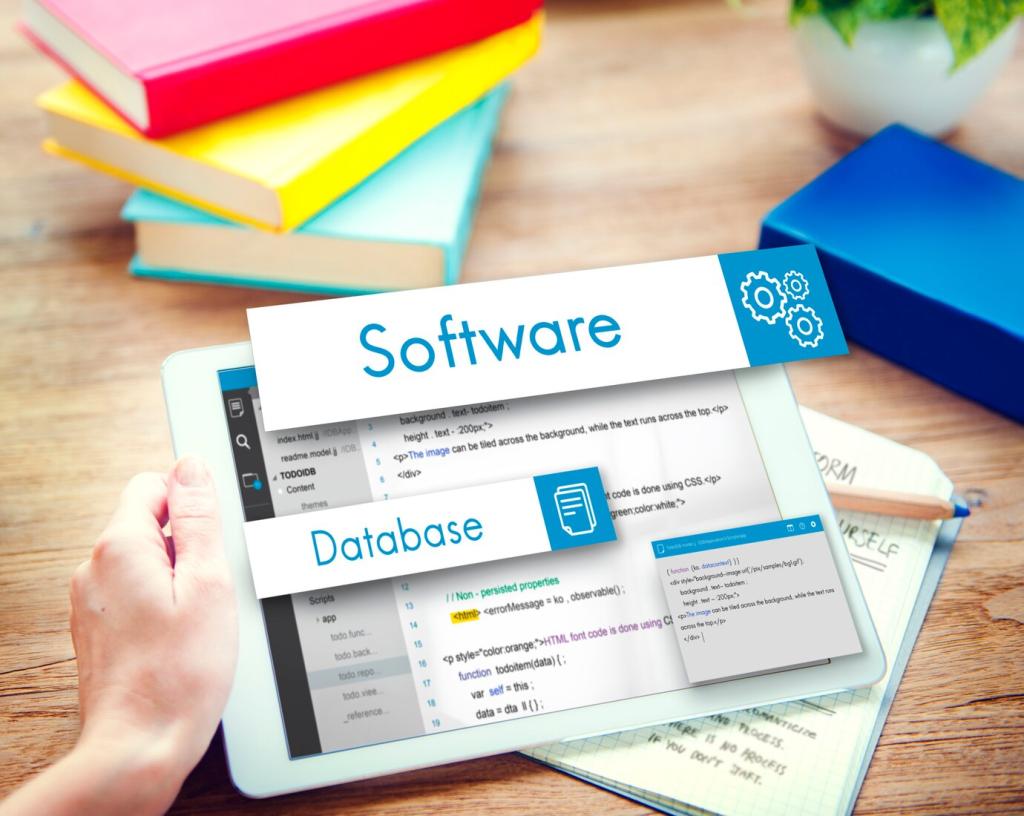
Case Studies of Successful Low-Code Applications
Chosen theme: Case Studies of Successful Low-Code Applications. Explore vivid, real-world stories where teams used low-code to ship faster, scale smarter, and deliver measurable business impact. Subscribe to get fresh case studies, lessons learned, and expert insights every week.

During a sudden outbreak, a city health department assembled a cross-functional squad and used low-code to launch a secure contact tracing app in seventy-two hours. Case data synchronized nightly, dashboards guided policy, and hotline wait times dropped by half.

A planning office replaced email chains with a low-code permit portal in just two weeks. Applicants tracked status in real time, inspectors uploaded photos in the field, and approval cycle time fell from forty-five days to thirteen, improving transparency for residents.

Have you delivered a public-facing low-code app under tight deadlines? Share your story, lessons learned, and metrics so we can feature your case in an upcoming deep dive and help others accelerate their essential services responsibly.



Finance and Operations: Automations That Pay for Themselves
A global distributor used low-code to match invoices against purchase orders and delivery confirmations. Exception handling rules surfaced mismatches automatically, reducing manual touches by sixty-three percent and accelerating monthly close without sacrificing financial control or governance oversight.
An accounting team replaced scattered spreadsheets with low-code workflows that produced immutable audit logs for approvals, changes, and comments. External auditors completed testing faster and issued fewer findings, lowering both audit fees and organizational stress during year-end reviews.
Want templates for ROI tracking in low-code finance apps? Subscribe to receive case-study breakdowns, KPI formulas, and dashboards you can adapt, including payback periods, productivity gains, and error-rate reductions proven in real implementations across industries.
From Prototype to Enterprise Scale
The Startup That Scaled to Five Thousand Users
A startup built its first customer portal in low-code to validate demand quickly. With rising adoption, they modularized components, introduced testing gates, and rolled out to five thousand users across regions without downtime, preserving agility during dramatic growth.
Component Reuse That Multiplied Delivery Speed
An internal platform team curated reusable authentication, notification, and data-access components. Product squads snapped them into new apps, cutting delivery time by half while maintaining consistent standards and reducing costly rework across a growing portfolio of solutions.
Ask an Architect: Scaling Questions Welcome
Considering a scale-up from pilot to enterprise? Send your architecture diagram and constraints. We will anonymize and analyze patterns, then publish a case-based guide to help you scale sustainably, without losing the speed that made low-code compelling.
Citizen Developers and IT: A Partnership That Works
A marketing manager created a campaign request app using low-code templates and data connectors. IT added single sign-on and logging, then rolled it out companywide. Requests stopped getting lost in emails, and cycle time improved significantly with minimal training required.
Citizen Developers and IT: A Partnership That Works
A bank’s IT team published security blueprints, naming conventions, and data policies inside the platform. Citizen developers built confidently within those rails, while automated checks flagged exceptions early, preserving speed without compromising trust, compliance, or operational reliability.
Integrations with Legacy Systems: Bridging the Old and the New
SAP Data Without the Pain
An operations team exposed read-only SAP endpoints and used low-code connectors to present inventory availability to sales reps. The result: fewer shadow spreadsheets, faster quoting, and reduced integration tickets, all while keeping core ERP logic stable and secure.
Mainframe Meets Modern UX
A government agency layered a low-code interface over mainframe transactions. Staff moved from green screens to guided forms, cutting training time dramatically and reducing keystroke errors, yet preserving the reliability that kept legacy infrastructure dependable for decades.
Your Toughest Integration Challenge
What legacy system stands between you and a seamless user experience? Send us the details and constraints. We will source comparable case studies and publish a step-by-step integration plan grounded in real-world patterns and proven platform capabilities.
Design and Accessibility: UX That Users Embrace
Field Teams Finally Love the App
A utilities company replaced a clunky tool with a responsive low-code app. Offline sync, larger tap targets, and contextual hints cut repeat visits and lifted satisfaction scores, proving speed does not have to compromise thoughtful, user-centered design decisions.

Lessons Learned: What Makes Low-Code Projects Succeed
Teams that choose a narrow, high-impact slice validate faster and build credibility. Success fuels sponsorship, unlocks resources, and creates momentum for subsequent releases without overwhelming governance, budgets, or already stretched stakeholder attention.
